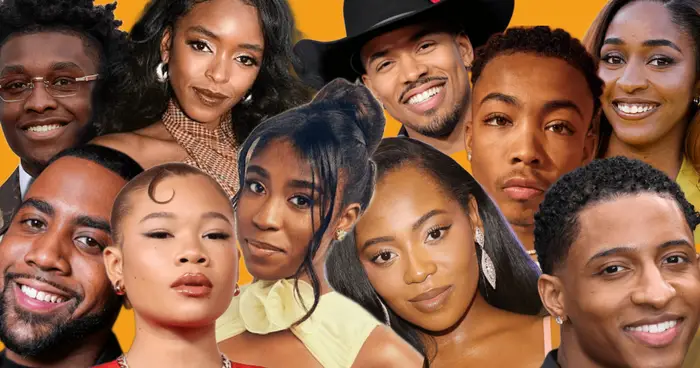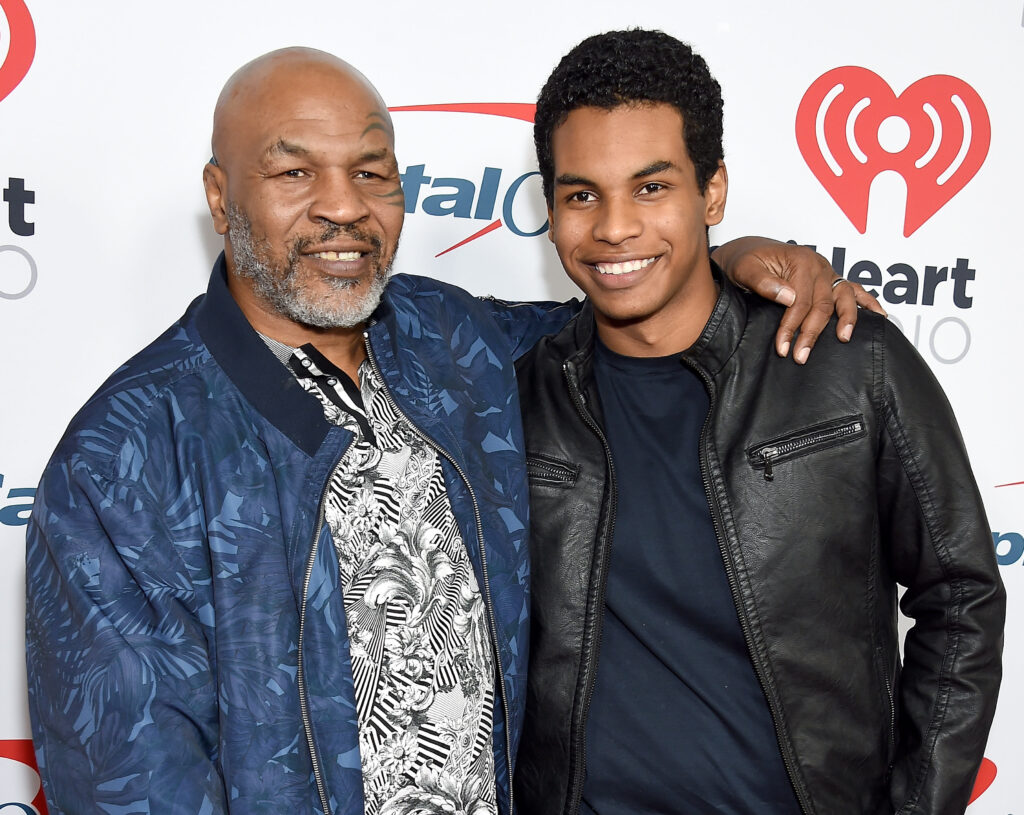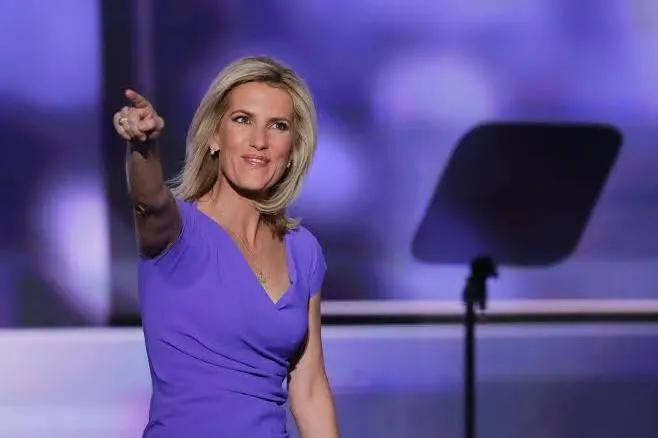If you’ve spent time online lately, you’ve likely encountered two very different Alecs: one a deadpan pitchman for absurd products like “The World’s Worst T-Shirt,” and the other a heartfelt advocate for Shriners Hospitals for Children. Both have sparked curiosity—about their paychecks, ages, and even dental health. Let’s untangle the viral ad duo’s earnings, clarify the real Alec’s story, and explore how their worlds collide in the digital age.
Image of Alec & Kaleb

The Fictional Alec & Kaleb – Masters of “Terrible” Ads
Who Are These Guys?
Alec and Kaleb skyrocketed to fame in 2020 through a series of intentionally cringey ads for “Terrible Merchandise”—a fictional brand created by marketing agency Donerail. Their ads parody bad advertising with meta humor (“This ad is terrible, but you’re still watching”) and awkward charm. Unlike polished actors, they feel like your quirky coworkers, which is precisely why their ads resonate.
Image of Kaleb

Do They Get Paid?
Yes—but not like Hollywood stars.
As the faces of Donerail’s campaigns, Alec and Kaleb are likely salaried employees or retained contractors. While exact figures aren’t public, viral ad stars in similar roles earn $80k–$150k annually, per industry estimates (Forbes). Their compensation likely includes:
- Base salary for ongoing work.
- Performance bonuses tied to views, shares, or sales.
- Creative freedom, since their improv style drives the ads’ success.
Age, Net Worth, and Anonymity
The actors behind Alec and Kaleb keep their identities private to preserve the ads’ “everyperson” vibe. Their “ages” are part of the act (characters are ageless), but the actors are speculated to be in their 20s–30s. If their campaigns generate millions (common for viral hits), their net worth could range from $100k–$300k, though Donerail keeps specifics under wraps.
Alec Cabacungan – The Real-Life Advocate

From Patient to Spokesperson
Meet Alec Cabacungan, the 21-year-old (born in 2002) face of Shriners Hospitals. Diagnosed with osteogenesis imperfecta (brittle bone disease) at birth, he’s endured over 50 surgeries. His resilience and charisma made him a spokesperson at age 10, starring in uplifting ads that highlight Shriners’ life-changing care.
Does Alec Have Teeth?
This odd question stems from OI’s effects on bone development, including the jaw. While OI doesn’t directly impact teeth, jaw fragility can cause dental challenges. Alec has openly shared his journey, including wearing braces to align his teeth. Yes, he has teeth—and his smile reflects Shriners’ medical expertise (Shriners Hospitals).
Earnings & Net Worth
As a nonprofit ambassador, Alec’s salary is modest compared to commercial actors. Nonprofit roles like his typically pay $40k–$80k annually. His true “net worth” lies in advocacy: he’s helped raise millions for Shriners and inspired families worldwide.
Side-by-Side Comparison
| Aspect | Fictional Alec & Kaleb | Alec Cabacungan (Shriners) | Traditional TV Actors |
|---|---|---|---|
| Role | Satirical ad characters | Nonprofit spokesperson/advocate | Scripted brand ambassadors |
| Payment Model | Salary + performance bonuses | Nonprofit salary | Upfront fees + residuals |
| Creative Control | High (improv-driven) | Collaborative (storytelling focus) | Low (director-driven) |
| Public Persona | Anonymous actors, fictional personas | Authentic, personal story | Separated from personal life |
| Net Worth | Actors: ~$100k–$300k (speculative) | Not public; nonprofit focus | $500k–$5M+ (A-list) |
Why the Confusion? Blame the Algorithm
The mix-up between the two Alecs highlights how digital platforms blur lines. Both thrive on:
- Relatability: Humor vs. heartfelt storytelling.
- Shareability: TikTok and YouTube prioritize snappy, emotional content.
- Mystique: Anonymous actors vs. a transparent advocate—both keep us clicking.
The Bigger Picture: What Their Success Reveals
- Viral Marketing’s Power:
Raw, low-budget ads now outperform polished spots. Audiences are 72% more likely to trust “unscripted” content (Nielsen). Alec & Kaleb’s ads succeed by leaning into irony—a stark contrast to Shriners’ genuine appeals. - Nonprofit Storytelling:
Alec Cabacungan’s impact shows that authenticity drives donations. His ads don’t just sell—they humanize healthcare struggles and victories. - Ethical Questions:
When influencers (or fictional characters) feel like friends, does that manipulation cross a line? The FTC mandates ad disclosures, but viral campaigns often walk a tightrope.
FAQs: Your Burning Questions, Answered
- “How much do Alec and Kaleb get paid?”
Likely $80k–$150k yearly, via salary + bonuses. - “How old is Alec Cabacungan?”
21 (born in 2002). - “Does Alec from Shriners have teeth?”
Yes—braces helped align them, thanks to Shriners’ care. - “Are there two Alecs?”
Yes! One’s fictional; the other’s a real-life advocate.
Final Takeaway: Attention Is the New Currency
Whether through satire or sincerity, both Alecs prove that attention drives modern marketing. Fictional Alec & Kaleb monetize our love for irony, while Alec Cabacungan channels visibility into social good. Their stories remind us: in the digital age, every click counts.
Next time you laugh at a “terrible” ad or tear up at a Shriners spot, remember—you’re not just watching. You’re participating in a landscape where authenticity reigns, and everyone’s got a role to play.
Got more questions? Drop them below! 👇



